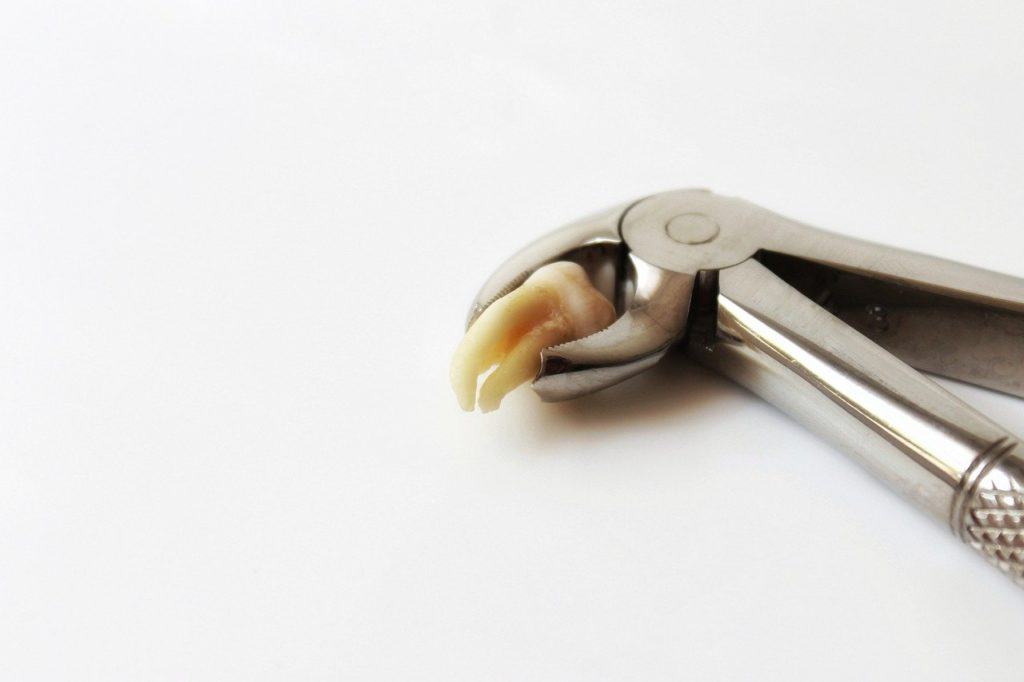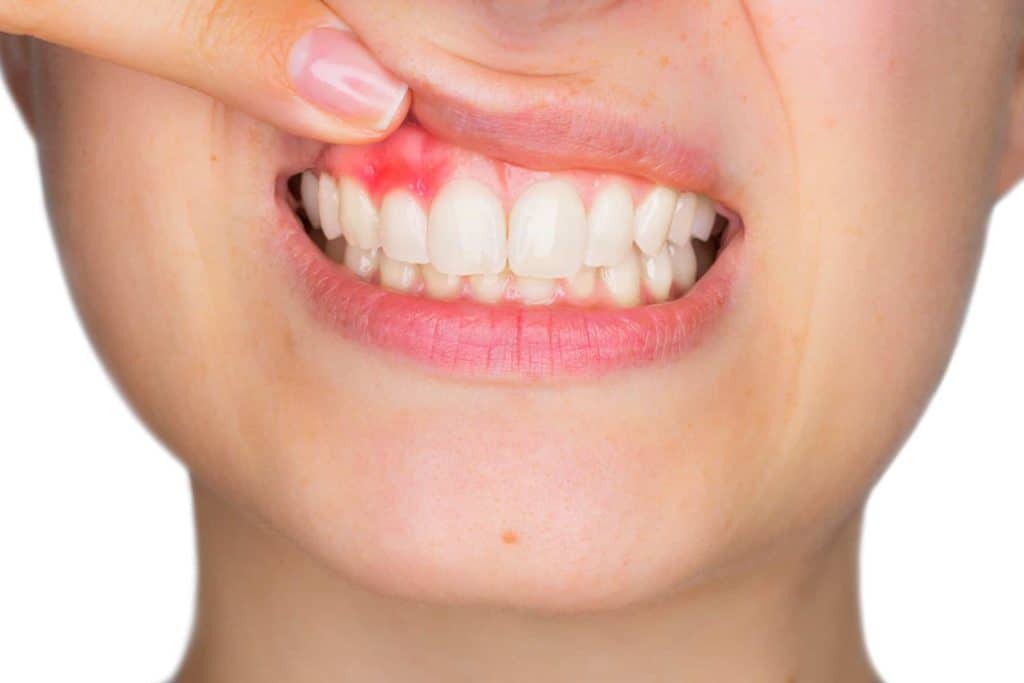
All You Need To Know About Wisdom Teeth Removal in 2023

all you need to know about wisdom teeth removal
Despite the moniker, wisdom teeth have nothing to do with wisdom.
They have more to do with our ancestors’ evolutionary leftovers and, for some people, pain.
While wisdom teeth played a role when cooking and fire were yet to be invented, today, there is simply no more room for these teeth in our technologically advanced society and our jaws; hence, the pain in our mouths.
You shouldn’t wait for your wisdom teeth to begin bothering you before you take action. Here are six reasons why:
six reasons why you should have your wisdom teeth removed
1. cavities
Wisdom teeth, especially those that only partially erupted, are notoriously difficult to reach using conventional brushing and flossing methods.
This makes wisdom teeth prone to painful cavities.
Avoid the pain and the cavities by having them removed.
2. pericoronitis
Your wisdom teeth themselves aren’t the only ones prone to bacteria.
The surrounding gums can also get infected.
Since wisdom teeth are difficult to clean, sometimes bits of food and plaque remain stuck in those areas.
These food bits and plaque become breeding grounds for bacteria that will eventually cause pericoronitis or inflammation of the gums.
The problem with pericoronitis is that it can spread throughout your mouth if it is ignored.
3. infections
As infection can spread from your wisdom teeth through your gums, so can it spread from your wisdom teeth to your other teeth.
A wisdom tooth’s neighbouring molar is particularly at risk from infection and cavities if your wisdom tooth experiences these problems.
When your other teeth get cavities, you will need to have your teeth filled.
Worse, the root canal of the teeth adjacent to the infected wisdom tooth may also get infected, necessitating their removal.
Spare your permanent teeth from disaster by having your wisdom teeth removed.
4. overcrowding
Wisdom teeth are difficult to surface in people with small mouths and jaws.
Since they must erupt, however, they still exert pressure as they try to force themselves up, causing pain.
Wisdom teeth can also ruin your overall bite and smile as it distort the alignment of your teeth while it push its way up
5. dental cysts or tumors
If your wisdom tooth happens to grow in a sac within your jaw, it can cause fluid to build up inside that sac, leading to a visible cyst in your gums.
The cyst can damage not only the root canals of your wisdom tooth’s neighbouring teeth but also wreak havoc upon the jawbone and the gums’ nerves.
You may require surgery to have the cyst removed.
6. wisdom teeth are difficult to remove as you mature
Wisdom teeth strike deeper roots in your jaw as you age.
This means it will become more challenging to remove them when they begin to cause problems for your mouth later in life.
Additionally, it will become more costly to have them removed. Thus, it’s best to have your wisdom teeth removed while it’s still early.
conclusion
Wisdom teeth can ruin both your appetite and your smile.
Save yourself the hassle and the pain by going to your local to have them removed.
Are you looking for a dentist close to you?
Search our directory today to find one near you so you can smile again!
what to expect during a wisdom teeth removal procedure
Wisdom tooth removal, a procedure to remove one or more wisdom teeth, is believed to be one of the most painful dental procedures you could undergo.
When your wisdom tooth has no room to grow, it can lead to infection, pain, or other major dental problems. Impacted wisdom teeth need to be removed as soon as possible. Oral surgeons or dentists must perform these procedures on quite a few people each day to prevent further problems. Even if the impacted tooth is not causing any problems, it is still recommended to have the tooth removed.
Why wisdom teeth removal is done
The last permanent teeth to appear in the mouth—the wisdom teeth or third molars—normally appear between the ages of 17 and 25. Some people are lucky enough never to develop them, and some have their teeth erupt without any disruption, but others are in for quite the ride.
Impacted wisdom teeth—the ones that never develop normally or have little room to erupt in the mouth—are quite common. They may lead to a series of dental problems, such as:
- Pain
- Gum disease (periodontal disease) or infection
- Tooth decay
- Food and debris trappings behind the wisdom tooth
- Damage to the nearby bone or tooth
- Development of cyst (fluid-filled sac) around the wisdom tooth
- Complications with orthodontic treatments (braces/retainers)
At some point, even if the wisdom tooth is not causing any problems, removal is necessary. The procedure can be difficult and more painful if you have infected or impacted wisdom teeth. You need to be aware of a few things before undergoing this procedure.
how to prepare for wisdom teeth removal
A dentist can perform most wisdom teeth removal procedures. However, an oral surgeon may need to perform the treatment if your wisdom tooth is infected, deeply impacted, or requires an in-depth surgical approach. When necessary, sedation may be done for a more comfortable procedure.
before the surgery
After your dentist has confirmed that your wisdom teeth need to be removed, you must make an appointment with whoever will perform the procedure. During this time, make sure to discuss all the pertinent information, such as:
- Health problems you have
- Drugs you take regularly
- How your pain will be managed
- What you can expect after the surgery.
It’s also a good idea to ask questions about the procedure.
Most wisdom teeth removal procedures can be outpatient treatments, meaning you can go home within the same day. A dental or hospital clinic staff will provide instructions on what to do before the procedure, what to prepare, and other relevant information you might need during the scheduled surgery.
Do your research—it is always convenient to come prepared.
What to expect
Your oral surgeon or local dentist may offer three types of anaesthesia. It all depends on your comfort level and the gravity of the wisdom teeth extraction. The three options are:
- Local Anesthesia
- General Anesthesia
- Sedation
Wisdom tooth surgery typically lasts for no more than 45 minutes. Your doctor may need to cut the bones or gums to remove wisdom teeth. The wounds must be shut quickly for faster healing. Normally, these stitches dissolve after a few days. A gauze pad may be placed in your mouth to control the bleeding.
after the surgery
You will be taken to a recovery room if you received general or sedation anaesthesia. Your recovery time will be brief and likely only on a dental chair if you received local anaesthesia.
Everyone reacts to anaesthesia differently; most people have little to no pain after the surgery. You may feel discomfort or swelling for up to 3 days. Follow your doctor’s advice closely to ensure a faster healing process.
Now that you know the basics of wisdom teeth removal, you can rest assured that it’s the best option for your mouth if you have impacted teeth. Prepare before the surgery, inform yourself of what will happen during the visit, and make plans for recovery so that the procedure is a breeze!
a step-by-step guide to wisdom tooth removal
Wisdom teeth are a cause of concern for millions of people.
They can affect anyone, regardless of age.
Although not everyone develops wisdom teeth, most people have to deal with the possibility of having their wisdom teeth removed.
Many people often contemplate leaving their wisdom teeth in.
After all, how much damage can an extra set of molars do?
You could leave them in, but you must be prepared for possible teeth misalignment.
You may also experience constant bouts with tooth-related issues and difficulty eating properly.
The latter will eventually occur if you leave the wisdom tooth to wreak havoc.
The idea of having to undergo wisdom tooth removal can scare anyone, and it might even cause you to be too nervous to talk to your dentist or oral surgeon about it.
However, don’t worry too much because wisdom tooth removal is a procedure millions of people undergo every year.
You may need to have these extra teeth removed so you can continue to live normally.
Moreover, the procedure is short and sweet – it will be done before you know it!
Looking to rid yourself of the nervousness about your upcoming wisdom tooth removal?
Calm your nerves by knowing what’s to come by learning about what this process entails.
Check out our guide to wisdom tooth removal below:
Start by choosing a sedation option
One of the things you should know to understand that there’s nothing to be scared of when it comes to wisdom tooth removal is that there are different sedatives that can be used.
Nitrous oxide, Valium, or Halcion can help manage your comfort level and ensure you aren’t in pain during the rest of the procedure.
Reading up beforehand on each option can help you a lot.
On the day of the procedure, you will be more at ease when you come in, knowing what sedative option will work best for you.
Your dentist or oral surgeon will also be thankful if you tell them about any medical conditions or medicinal allergies you might have.
It’s time to say cheese
Once your sedation option kicks in, your dentist or oral surgeon will begin the procedure by using a local anaesthetic to numb the surrounding tissues of the teeth to be removed.
After applying the anaesthetic, an X-ray of your chompers is taken with a
Panorex keeps a record of your teeth and aids your dental surgeon in figuring out how they will proceed.
Your gums are next on the list
After applying the anaesthetic and allowing it to do its job, your dentist or oral surgeon will start the removal procedure properly by making an incision right into the tissue around your wisdom tooth (if it’s impacted) to get better access to it.
Good access to your wisdom tooth will make for a smoother removal process.
Once the incision has been made, the gum surrounding your tooth is pushed aside to remove the wisdom tooth without any unnecessary barriers.
A part of your bone is shaved off…
…and then your tooth is loosened.
With an impacted wisdom tooth, a portion of the bone may be shaved off to better access the wisdom tooth for removal.
This is done using a high-speed handpiece drill to remove it in the neatest way possible.
If the tooth is already out and doesn’t have a bone to cover it, the dentist or oral surgeon will loosen the connective tissue, keeping the wisdom tooth in its socket.
As a preventive measure, a dentist will have to cut the tooth into sections so that it doesn’t break and create hard-to-remove debris when it’s time for removal.
the tooth is removed, and then your gums are stitched up
As soon as the necessary precautionary steps are over, the wisdom tooth is removed using a special tool as soon as it’s fully sectioned.
breezing through post-procedure recovery
Surprised you made it out alive? Don’t be.
Wisdom tooth removal is a common procedure, and there isn’t much chance that complications will arise after you’re done.
Dutifully follow the instructions your dentist or oral surgeon will give you afterwards.
If you think you may feel loopy, have someone jot the instructions down for you and put them safely into your pocket.
Five soft foods to eat after a wisdom tooth removal: have you removed your wisdom tooth?
It will surely hurt as you struggle to chew your snack-time carrots and wish you could bite into that bar of chocolate sitting in the fridge.
Do not worry because this pain won’t last forever! We have compiled a list of foods that are easy on your gums and promote healing!
Here are five food items you can and should eat after removing your wisdom tooth.
List of soft foods to eat after wisdom teeth removal
1. Soups
Soups, or blended soups made of tomato or pumpkin, are perfect for eating after the removal.
It is easy to swallow and has no little bits and pieces that can affect the affected area.
Plus, soups come packed with vitamins and minerals, ensuring you will reach your daily nutrition needs when you cannot eat solid foods like fruits and vegetables.
SOUPS ALSO A GOOD SOURCE OF HYDRATION, WHICH IS ESSENTIAL AFTER A REMOVAL.
2. broths
Similar to soups, broths also come with full of nutrition.
They taste good and keep you hydrated if you can’t keep up with drinking water.
Bone broth is also believed to offer health benefits.
It is made by boiling animal bones and other tissues, creating a stock.
Although no studies have been done about the health benefits of eating bone broth, the elements that make up bone broth have anti-inflammatory properties.
WHEN YOU’RE CONSUMING BROTH, DON’T EAT IT WHILE IT IS HOT AS IT WILL IRRITATE THE AREA OF SURGERY.
Instead, eat the broth when it is warm or cold.
3. greek yogurt
Greek yoghurt is not only tasty and creamy, but it is filled with protein. Its smooth texture can even help soothe your mouth and numb the pain!
With its high protein, vitamin, and mineral content, greek yoghurt can aid in faster recovery.
Several studies have shown that low-protein diets lead to a slower healing process.
If you lack zinc, consuming more will also boost your recovery speed.
Although zinc can be found in meats, it is undoubtedly harder for you to eat them.
Thus, greek yoghurt is your alternative!
4. mashed potatoes
They’re jam-packed with nutrients and calories, vital to the recovery process.
Mashed potatoes are a great option if you struggle to eat enough food.
Not only are they a great source of energy, but they can even help comfort you.
5. scrambled eggs
Eggs are one of the best foods to eat after such a surgery.
They are full of protein, vitamins, and minerals. If you want to purchase some eggs, look for pasteurized ones or eggs rich in omega-3 fats that will aid in the healing process.
If you’re going to cook the eggs, scramble them. It is much easier to slowly chew and swallow compared to other styles like hard-boiled or sunny-side up.
wisdom teeth removal recovery timeline
Wisdom teeth, or your back molars, are the last adult teeth that emerge in your mouth. They usually appear between the ages of 17 and 21 and are formed at the top and bottom of both sides of your mouth.
Some people do not have enough room in their jaw to accommodate extra teeth without risking the balance of their teeth. That is why wisdom teeth removal is recommended to avoid any further problems. Below are several other reasons for undergoing wisdom teeth removal:
- Impacted teeth – wisdom teeth may not come in naturally since they are located at the far back end of your mouth. When they are impacted, they can get trapped in your gums or jawbone, which can be extremely painful.
- Growing at the wrong angle – wisdom teeth can press against your other teeth, causing immense pain when they form at the wrong angle.
- Cavities or gum disease – your wisdom teeth are so far back in your mouth that reaching with a toothbrush or floss is impossible, which worsens your gum disease.
If you have any of these problems and the pain becomes unbearable, your dentist will likely recommend surgical removal. Failure to address the need for wisdom teeth removal can lead to serious oral problems, like gum disease, a change in the position of your teeth, or more severe oral problems. Depending on your case, recovery may take weeks and longer when the teeth are impacted.
the recovery process after wisdom teeth removal
Your dentist will administer one of the three types of anaesthesia (depending on your case):
- Local
- IV Sedation
- General
Everyone responds differently to each certain type of anaesthesia. You will still feel active and alert for local anaesthesia and IV sedation, and you can drive home immediately after the procedure. For some, going back to work or continuing with their normal routines is highly possible when only applied with local anaesthesia. If you feel drowsy after general anaesthesia, you must have someone drive you home and take more rest periods.
Some people have a high tolerance when it comes to pain. Mild discomfort and swelling may be experienced for three to four days, and your mouth may need more than one week for complete healing. Infections can even happen after several weeks after surgery because the wound in your mouth may take months to heal. Because of this, it is important to take care of yourself after surgery and pay extra attention to any warning signs.
While it is acceptable to resume normal routines the day after surgery, avoid strenuous activities that may cause blood clots in your mouth or dislodge stitches.
Don’t brush or floss your teeth for 24 hours or touch your mouth to avoid any risk of infection. The first 24 hours are the most crucial part of the healing process since this is the stage where a blood clot forms. Bleeding is normal, so use an ice pack to lessen the discomfort.
Avoid eating solid food within the first four days after surgery, and always follow the guidelines given by your dentist.
The recovery process differs for everyone, meaning there is no exact timeline for wisdom teeth removal recovery. Generally, you should feel better within one week, and any bruising should have faded within two weeks and swelling subsided.
Complications may be a sign of nerve damage or infection. Contact your dentist immediately if you think you have any of these symptoms:
- Numbness
- Fever
- Trouble breathing or swallowing
- Swelling that gets worse every day
- Pus or blood coming out of your nose
- Pain medication not working
- Non-stop bleeding even after applying pressure
We wish you the best of luck!









